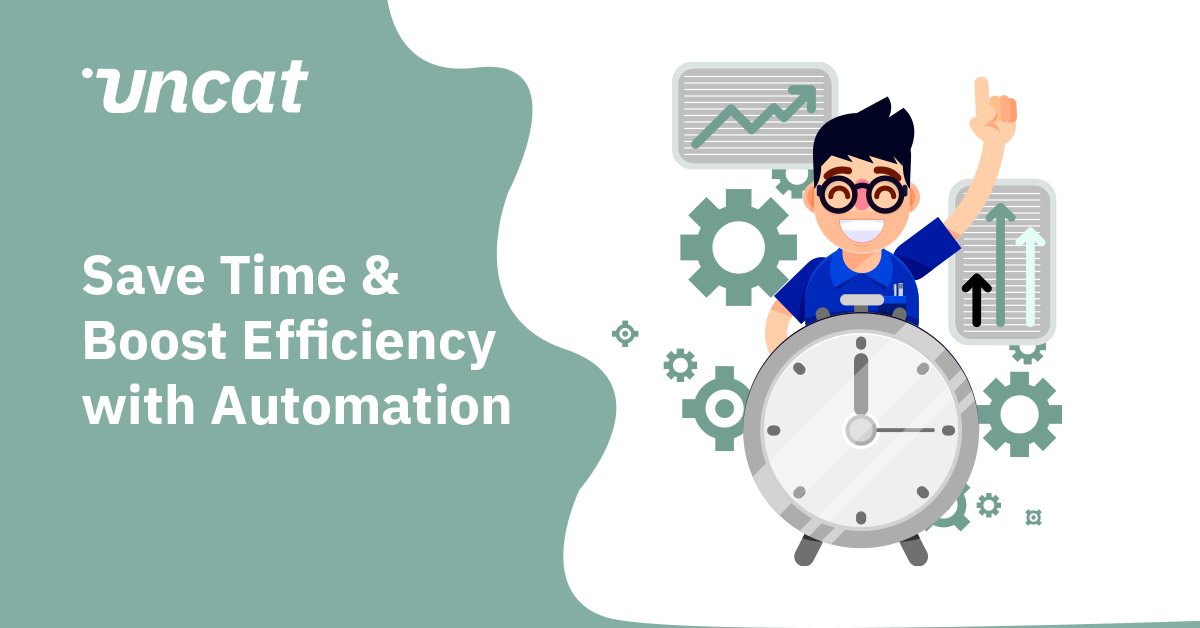The Hidden Costs of Manual Accounting: Is It Hurting Your Bottom Line?
What Is Manual Transaction Categorization?
Yes, it’s exactly what the name suggests: manual transaction categorization means meticulously reviewing every transaction, deciding where it belongs, and painstakingly sorting it into the right category. Although essential, it's also draining. Needless to mention that it's boring, time-consuming, repetitive… and, let's face it, a drag.
Additionally, chaos can arise when humans are in charge. Tired humans in particular. Perhaps it's hour four of looking at spreadsheets while powered by coffee. Perhaps you're making rushed decisions because of the looming deadline. In either case, errors may occur. As a result, little mistakes may turn into major issues, and a “simple” task might become a bigger source of stress.
If you find this relatable, we’ve got you. Many business owners and accountants are caught in this cycle. This article will explain the real costs of manual transaction categorization, which go far beyond financial considerations, and show you how simple automation may take the tedious stuff off your plate.
The Hidden Costs of Manual Transaction Categorization
Let’s talk about what manual categorization really costs—not just in terms of effort, but what it takes away from you and your business. It’s not just about staring at spreadsheets; it’s about everything that gets delayed, missed, or derailed because this task demands so much time and energy.
The Cost of Time and Mistakes
Manual categorization consumes 10–20% of accountants’ working hours—time that could be spent on higher-priority tasks. When this process drags on, it delays other critical work like preparing reports or addressing client needs, creating a ripple effect of stress and tighter deadlines.
Mistakes are another costly issue. Fatigue leads to errors, like misclassifying payments or missing recurring expenses. With a manual error rate of 1%–4%, these small mistakes can quickly snowball into compliance problems, delayed tax filings, or financial inaccuracies. Fixing errors often takes more time and effort than preventing them, adding to the overall inefficiency.
Employee Burnout, Turnover, and Training Costs
The toll manual data entry has on your staff is something that isn't discussed enough. Burnout can result from spending hours on dull, repetitive activities like this; eventually, people start to look for positions that feel more fulfilling.
Replacing those employees? That's costly. In addition to the time it takes for them to catch up, the expense of hiring, onboarding, and training each new employee will be thousands of dollars. Additionally, during that period of transition, production declines, further taxing the remaining members of your crew.
Missed Early Payment Discounts
Let's finally discuss missed opportunities, a topic that receives much too little attention. Many suppliers offer early payment discounts, which can be anywhere from 2% to 5% off the invoice amount, but: there are deadlines attached. You risk losing those savings if categorization causes invoice approvals to be delayed.
Furthermore, money isn't the only consideration. Paying late on a regular basis might damage your supplier relationships and make future negotiations more difficult. This hidden expense gradually mounts up and stealthily reduces your profitability.
Real-life Benefits of Automated Transaction Categorization
Here’s where automation steps in—not just to make things easier, but to completely change how you handle categorization.
Speed and Accuracy
Imagine handing over your transactions to a system that processes them in minutes, not hours. That’s the power of automation. Tools like Uncat not only save time, but drastically cut down on errors.
Audit-Ready Records
Automation keeps your records clean and organized, making audits or tax season much less stressful. For a nonprofit that adopted automation, audit prep time dropped by 50%. That’s hours saved and peace of mind gained.
Smarter Insights for Better Decisions
Automation doesn’t just categorize transactions—it helps you understand them. A retail chain used automated tools to break down expenses by store location. This insight revealed underperforming locations, allowing them to cut operating costs by 10%.
Happier Teams
Removing repetitive tasks like manual categorization boosts morale. An accounting firm reduced turnover by 15% after automating tedious processes, freeing up employees to focus on more rewarding work.
Conclusion: Overcoming the Hidden Costs of Manual Transaction Categorization
There’s a quiet frustration that comes with manual categorization. Although it's not your main issue, it persists and gradually diverts attention and time from the things that are truly important. How can you change this status-quo?
Start with the basics. Where are you losing time? Is it the repetitive sorting of transactions that never seem to end? Or maybe it’s the errors—the ones that show up when you’re too rushed to double-check everything. These inefficiencies don’t just slow you down; they hold you back.
This is why automation tools like Uncat make such a difference. They don’t ask for much—just a quick setup—and suddenly the work you’ve been grinding through takes care of itself. Your recurring expenses? Categorized. Your data? Clean and accurate. All while fitting into the systems you already rely on.
Change doesn’t have to be overwhelming. Start with one task, like automating a single account or category. Watch what happens when hours of work shrink into minutes. Feel the relief when mistakes become rare instead of routine. It’s a small step, but it builds momentum.
The time you save isn’t just about being more productive; it’s about reclaiming your energy for bigger priorities. Tools like Uncat aren’t just tools—they’re a way of clearing the path forward. Why wait? start your free trial today!

